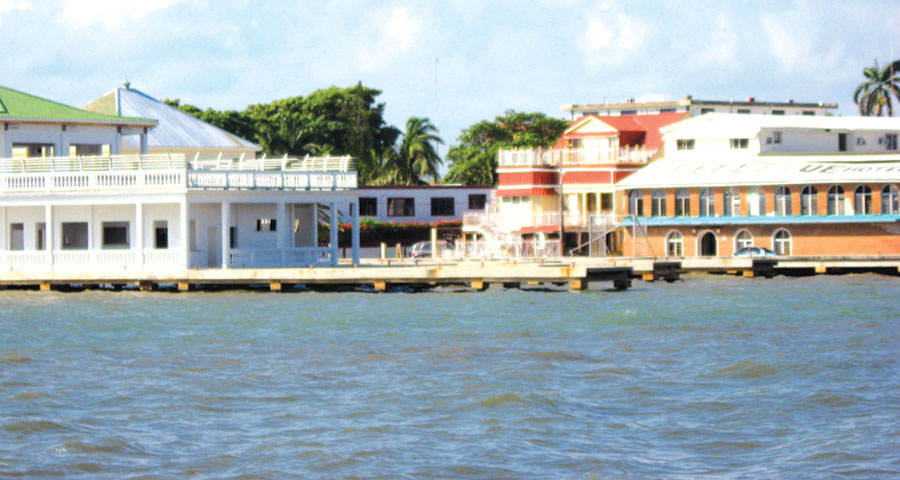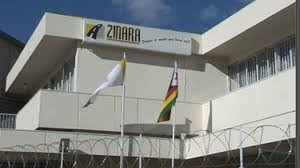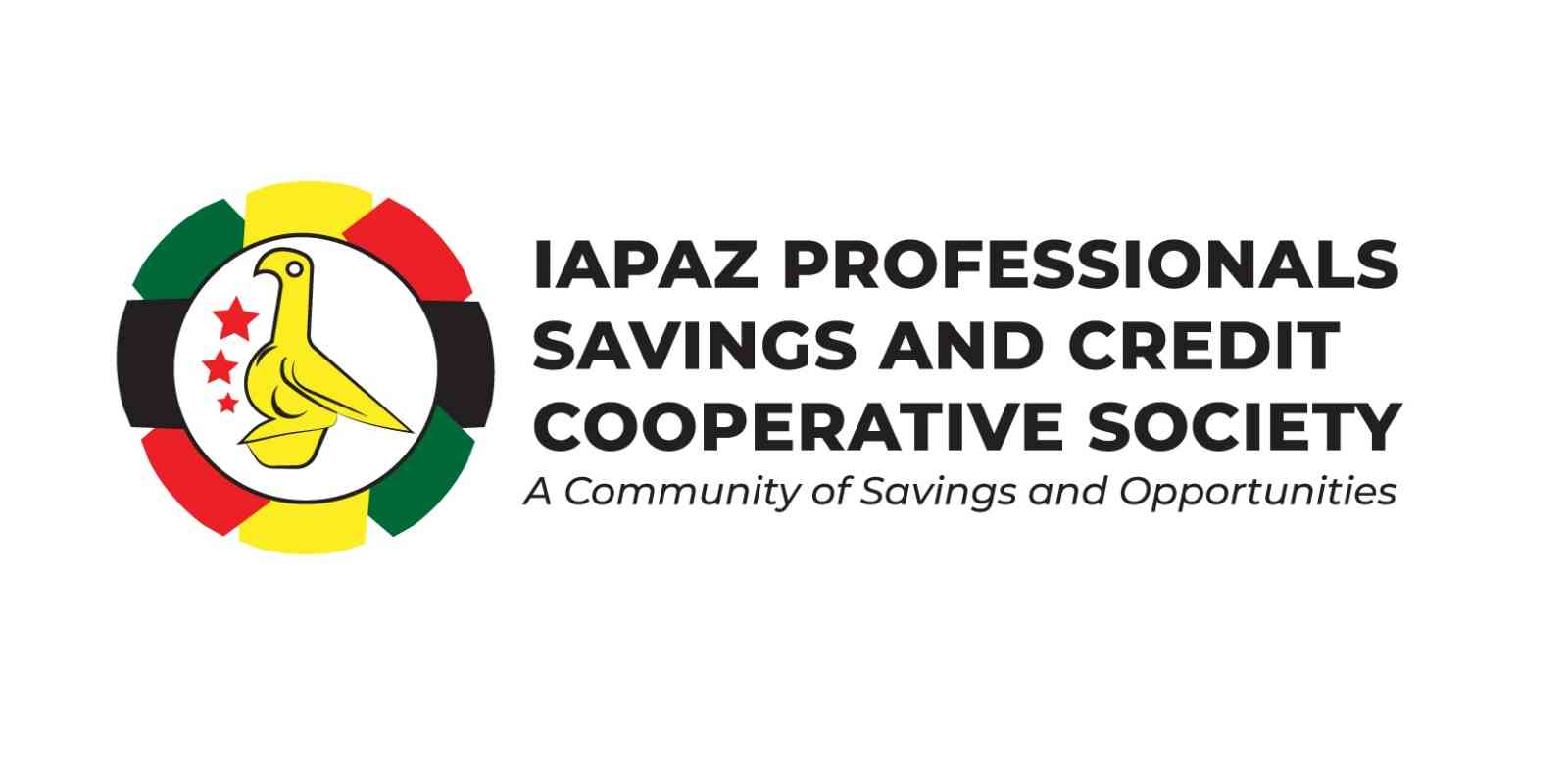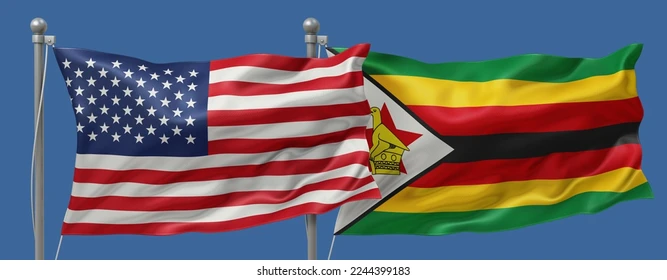
AFTER several worldly, erudite barmen, waiters and stewardesses on the 160 000-tonne luxury cruise-liner Independence of the Seas announced they wouldn’t disembark at Belize City, the major port and former capital of Belize (nee British Honduras) as it was “the most boring place in the world”, I’m glad I ignored them.
Report by Dusty Miller
How much do you know about the tiny statelette, which was Britain’s last colony on the American mainland, her only one in Central America?
Most, if not all, of the Americans I met on board an immediate post-New Year week-long cruise through the Gulf of Mexico and Western Caribbean, skirting the Yucatan Peninsula with its iconic Mayan pyramid ruins in the jungle, sailing down the sinister-sounding Mosquito Coast, knew totally squat and didn’t seem to mind!
Nor had they heard of its former name: British Honduras, or neighbouring long-independent Honduras. They weren’t aware Guatemala had avaricious eyes on the place, nor that it was almost totally razed (in 1961) by a hurricane.
Odd people, Yanks, especially when travelling! Within 10 minutes of saying “hello”, you have their complete family history, religious leanings, politics, medical, dental and academic records and aspirations.
But they can’t usually differentiate between Zimbabwe and Zululand or Zanzibar; Iceland or Ireland; Britain or Brittany.
I remember Belize being home to one of the British Army’s jungle warfare schools (another was, famously, in Malaysia) and recall, among several other people, raising eyebrows when a former British defence attaché in Harare, a colonel, said he was retiring to farm there with the Belizean wife he met when a subaltern.
- Chamisa under fire over US$120K donation
- Mavhunga puts DeMbare into Chibuku quarterfinals
- Pension funds bet on Cabora Bassa oilfields
- Councils defy govt fire tender directive
Keep Reading
Belize, and farming, didn’t seem to gel, but during a few hours ashore we learnt the tiny country (8 867 sq miles; population 266 440) grows and exports bananas, sugar and citrus. (Which we USED to do . . . with many other commodities!) Cattle production is profitable. Several farming families are ex-Zimbos, South Africans or Kenyans.
And it doesn’t sound a bad place to retire to (something actively encouraged by the government).
The Belize dollar is pegged at US50c, but despite asking three times for memorabilia change in local loot, there allegedly wasn’t any around, the economy has effectively been totally (US) dollarised. Official language is English; CofE the main religion; Queen Elizabeth II head of state, ruling through a governor.
Head of government is a leading lawyer, the country’s first black PM who, for 10 years, led the opposition and successfully fought the last election promising to fight graft, corruption and initiate electoral reform.
Average life expectancy is 73 for men, 79 for women; GNP US$3 890 per capita, just this side of the Tropic of Cancer, the sun shines virtually daily. One of the world’s longest coral barrier reefs (330km) protects golden beaches from sharks and other nasties. Sea is blood-heat, as clear as hock and beautifully blue . . . or green (at least a dozen shades of each) subject to where you see it from. It’s one of the best places on the globe to scuba dive, snorkel, swim, dog-paddle, paddle . . . or just sun-bathe!
On the minus side, water-sports fans whinged Belize was one of the dearest spots in the world for these amusements.
“Any activity here is at least US$100 a pop dearer than in Costa Maya or Cozumel in Mexico on the same reef” (our two next ports-of-call), I was warned by folk who seemed to spend their lives cruising to pleasant places with underwater attractions.
Oh! And, like most of this part of the world, the odd hurricane hits. But I heard of only two serious ones since 1900. Mind you, Hurricane Hattie (1961) virtually flattened the place; so the capital was moved from Belize City (formerly Belize Town, it’s at exactly sea-level) inland about 80km to Belmopan. (A created word, BEL, from Belize; MOPAN is a river.)
The new capital is 2,5 sq miles and, with a population of 7 000, allegedly the world’s smallest capital city. Amazing, to think Belize has precisely the same vote at the UN as the USA, RSA or KSA (Kingdom of Saudi Arabia!)
Belize reminded me irresistibly of the fictional West Indian island of Cascara in the hilarious 1985 Billy Connolly-Michael Caine film Water: It had the same laid-back indolence before valuable reserves of sparkling mineral water were discovered!
Belize City is at least entitled to call itself that, unlike some “cities” not a thousand clicks from Ha-ha-ha-rare (Africa’s fun capital). There’s a cathedral: St John’s: the oldest building in Belize and the oldest Anglican church in Central America, built by slaves in the early 1800s, using brick carried in ships from Europe as ballast.
The unashamedly English colonial building was used several times for coronations of native-American (Indian) kings of the Mosquito Coast.
We chose not to eat in Belize, as hygiene standards didn’t look very high and various eateries in the Fort Street Tourism Village only seemed to offer short-order Tex-Mex grub, but local Belikin Beer proved a formidably potent lager: reportedly produced in a jungle clearing by a Bavarian brew master, who definitely knew his stuff.
We sat at an open bar next to the ocean, eagerly catching the slightest breeze on a hot, muggy, humid day, gulping icy lager from the bottle, rather than risk the barmen’s ideas of clean glasses.
Reggae was ridiculously loud; several folk complained of headaches, before catching one of a fleet of tender boats, ranging from ultra-luxurious to frankly dangerous, running tourists from the harbour over the reef to where three enormous liners were anchored, about seven nautical miles offshore.
We were just in time for last lunch in one of the ship’s buffet restaurants, The Windjammer, offering infinite choice. I had Chinese sweetcorn and chicken soup, Indian curry and rice with Mexican beer and English pudding.
About 50 000 meals a day are cooked on Independence of the Seas (then the biggest ship in the world, she’s since been dwarfed by two sister craft) for her up to 4 700 passengers and 1 700 crew. The Windjammer has an enormous choice of breakfasts from 7am-11am; morning snacks, tea and coffee until lunch from 11:30 until 3. Afternoon tea and light meals 3:30-5pm; supper from 5:30 until 8pm, midnight feasts at least twice a week.
I booked with Virgin Holidays, flying from Heathrow to Miami, Florida, by American Airways. A package deal included dinner, b&b at the Holiday Inn Fort Lauderdale and day room with lunch at Wyndham Garden Hotel in South Beach en route back to London. (Independence’s smaller sister ship Brilliance of the Seas cruises in the northern hemisphere winter from Dubai, around the Persian Gulf and to south India. Zimbabwean travel agents sell fly-cruise packages for these voyages, flying Ethiopian or Emirates.)
dustym@zimind.co.zw











